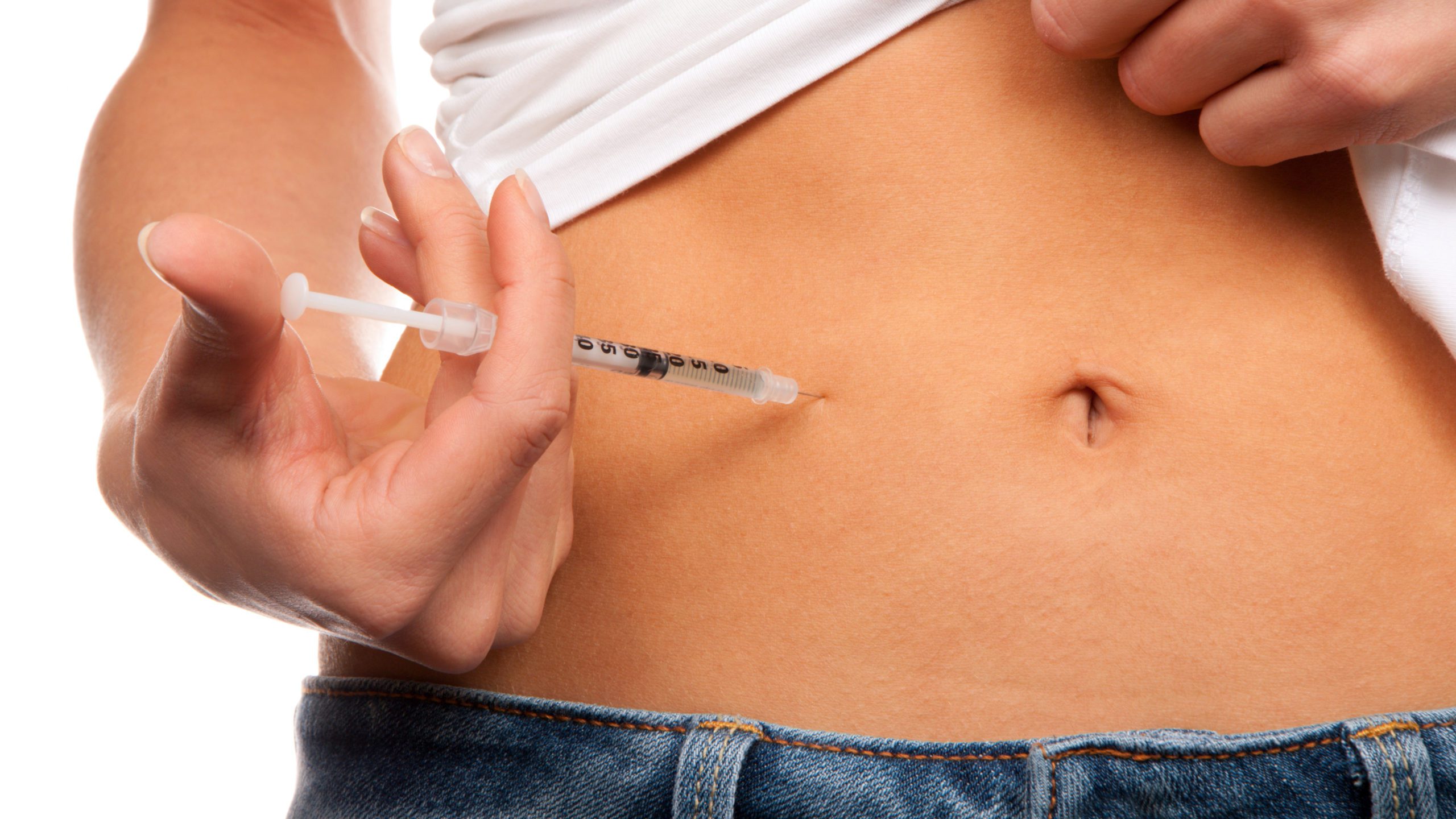There are various options to manage type 2 diabetes. Diet, exercises, and medications work together to manage your blood sugar levels. Your doctor can help you figure out what exactly you need and give you individual recommendations. Usually, people handle the disease in different ways, which can also change over time. For example, some medications may stop working, so you will need to switch.
When diet and physical activity are not enough to control blood sugar, patients with type 2 diabetes resort to medications. There is a wide variety of them, and they work in different ways. People with type 2 diabetes often use either insulin or drugs that increase the effects or secretion of insulin.
Insulin therapy
Insulin therapy is a short-term fix in a stressful situation or in case other drugs are not enough to control the blood sugar level. There are types of insulin differing in how fast they act and how long their effects last. You can be prescribed more than one kind of insulin.
There are several ways of taking insulin:
- injections: using syringes, you give yourself a shot of insulin in the belly, butt, thigh, or upper arm, alternating between spots;
- insulin pump connects to a tiny needle under the skin to provide a steady supply of insulin throughout the day;
- insulin pen looks like a pen but has a needle on the tip and is prefilled with insulin, or has a container to replace;
- inhaler: you breathe in powdered insulin;
- injection port: the tube goes under the skin, so you can use a syringe or pen without having to do injections in different spots every time;
- jet injector sprays a fine stream of insulin into the skin at high pressure instead of using a needle.
Medications to improve insulin effect and secretion
There are different types of drugs that enhance the effect or increase secretion of insulin:
Biguanides include metformin, one of the most common drugs used to treat diabetes. It tells your liver to slow down glucose production.
Meglitinides and sulfonylureas signal your pancreas to make more insulin.
DPP-4 inhibitors let hormones that give your pancreas the “go” signal for insulin to work longer by preventing their fast degradation.
Thiazolidinediones, TZDs, or glitazones help insulin work more effectively. This group lowers the insulin resistance of cells making your pancreas less loaded with work.
Alpha-glucosidase inhibitors slow the digestion of complex carbohydrates like bread, rice, pasta, corn, and potatoes. This prevents your blood sugar levels from rapidly increasing after you eat.
SGLT2 inhibitors work by affecting kidneys and making the organism excrete extra sugar with urine.
Bile acid sequestrants lower cholesterol levels and also help lower blood sugar.
More details:
Prediabetes and measures of prophylaxis
Differences between type 1 and type 2 diabetes
Causes, mechanisms of the disease development and symptoms (Diabetes mellitus type 1)
Causes, mechanisms of the disease development and symptoms (Diabetes mellitus type 2)
















Leave a Reply
You must be logged in to post a comment.